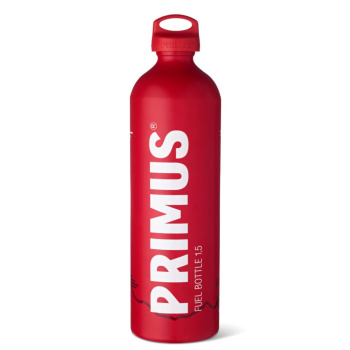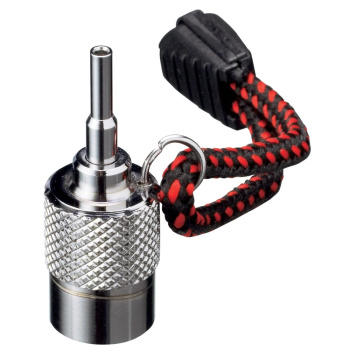Stoves and accessories Primus
Steeped in Swedish engineering, Primus has been globally recognized for pioneering outdoor cooking since 1892.
Since then innovative products have made countless expeditions possible through outstanding quality and performance: a Primus stove accompanied Roald Amundsen when he was the first person to reach the South Pole on 14 December 1911. Sir Edmund Hillary and Tenzing Norgay used a Primus on Mount Everest when they climbed the summit on 29 May 1953.
However, these are just the most popular amongst several pioneering adventures that relied on Primus in the past. Until today, search for improved technologies and smart solutions for the most adventures has never stopped.
Their passion for the outdoors and technical expertise is the secret behind every one of these innovations. It's also the reason they hand test every stove before it leaves state of the art European production facility in Estonia. Their goal is to ensure each and everyone becomes a truly reliable, life-long companion.
More info
Fuel Bottle, Primus

Adapter for filling Primus lighters, Primus
Are you heading outdoors for a hike and don't want to lose the comfort of at least one hot meal a day? Then you've come to the right place because here at Armed you will find all kinds of outdoor cookers and stoves!
Alcohol fuel stoves
Alcohol cookers are characterized by their large storage capacity and great affordability. If you go hiking a few times a year and want to heat up something in your mess tin, you don't have to buy the more expensive gas or petrol cookers. The fuel for the alcohol cooker is solid in a form of solid alcohol/liquid cubes.
GAS COOKERS
A gas cooker is for those who regularly travel away from the civilisation. Compared to an alcohol cooker, it offers greater comfort of use. Gas cookers are more efficient and thus heat the contents of your mess tin faster than conventional alcohol cookers. These cookers most often use bottles with a 30/70 mixture of compressed propane and butane as fuel. You can purchase gas cartridges here.
GASOLINE COOKERS
Petrol or gasoline cookers are for the true traveller. Their advantage is their functionality in almost all climatic conditions. They are meant to be used in the most demanding cooking conditions such as during mountain expeditions, during low pressure and low temperature.



